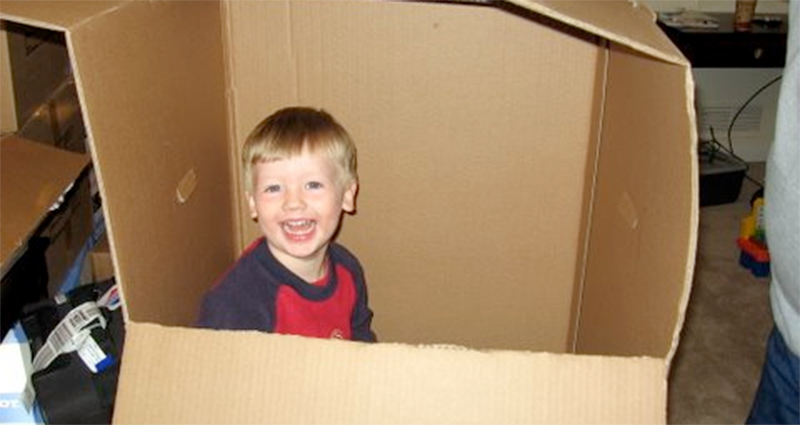Summer months are the peak moving times for families, according to mymovingreviews.com’s annual data report, with most moves occurring in June followed by July, August and May. The most highly chosen move date continues to be June 30.
 Moving produces an array of emotional responses, often the feeling of loss of all things familiar mixed with excitement and anxiety about what the future might hold. Your child is probably experiencing some of these same feelings – sadness about saying goodbye to friends and extended family, plus fear and excitement about what’s ahead. They’re probably asking some of the same questions you’re asking: What will the new house be like? How often can I see my old friends? How will I make new friends? What will they be like? Will my new teachers/coworkers like me? Will I like them?
Moving produces an array of emotional responses, often the feeling of loss of all things familiar mixed with excitement and anxiety about what the future might hold. Your child is probably experiencing some of these same feelings – sadness about saying goodbye to friends and extended family, plus fear and excitement about what’s ahead. They’re probably asking some of the same questions you’re asking: What will the new house be like? How often can I see my old friends? How will I make new friends? What will they be like? Will my new teachers/coworkers like me? Will I like them?
If your family is making a move this summer, here are some things to consider to ease the transition:
Before the move
- Share the news as soon as you can. Children can be very observant and pick up on little clues when something is different. This eases their hearts and minds, and gives them time to begin the transition.
- Answer questions as they come. Give your child age-appropriate, honest answers. Let them lead you in what questions they want answered, and when.
- Focus on the positives, but don’t diminish the truth about the negatives.
Moving day or week
- Pack a “go” bag for your child. Aside from clothes and personal items for the transition, include several of their favorite things that offer comfort and security.
- Encourage your child to express their emotions, perhaps by first saying how you feel about the move. Help them say how they feel, and acknowledge it’s okay to feel sad about leaving friends and family.
During the move
- The actual move doesn’t always mean moving day. As your child sees their belongings being packed away, the move becomes a reality. Let your child skip the moving truck if at all possible. Take the opportunity to let them spend that day with friends or family members.
- Be honest about the likelihood of seeing friends again soon, if at all. Avoid false expectations of a trip to reconnect soon unless that plan is already in motion.
- Encourage your child to say their goodbyes along the way.
- Once the truck is loaded and the old house is empty, encourage a time of remembrance as a family. Take a little time, go through the house and give each family member the opportunity to share a memory of what happened in each room. It may seem silly, but it’s a good exercise for children to say goodbye to the house.
After the move
- Establish your child’s space as quickly as possible. This gives them a safe place during the transition and a sense of where they now belong.
- Be quick to recognize when your child is seeking assurance; take time to offer comfort, answer questions and reassure them.
- Allow some adjustment time as you work, giving yourself and your child small breaks. Explore the new surroundings, such as the front and backyards, or maybe the nearest park.
- Reinforce the familiar by sticking to routines like family dinner around the table, morning and evening rituals, and bedtime.

 Moving produces an array of emotional responses, often the feeling of loss of all things familiar mixed with excitement and anxiety about what the future might hold. Your child is probably experiencing some of these same feelings – sadness about saying goodbye to friends and extended family, plus fear and excitement about what’s ahead. They’re probably asking some of the same questions you’re asking: What will the new house be like? How often can I see my old friends? How will I make new friends? What will they be like? Will my new teachers/coworkers like me? Will I like them?
Moving produces an array of emotional responses, often the feeling of loss of all things familiar mixed with excitement and anxiety about what the future might hold. Your child is probably experiencing some of these same feelings – sadness about saying goodbye to friends and extended family, plus fear and excitement about what’s ahead. They’re probably asking some of the same questions you’re asking: What will the new house be like? How often can I see my old friends? How will I make new friends? What will they be like? Will my new teachers/coworkers like me? Will I like them?